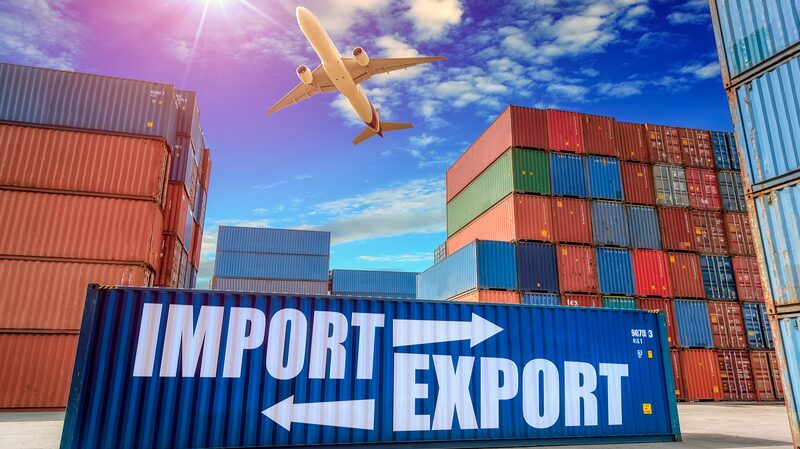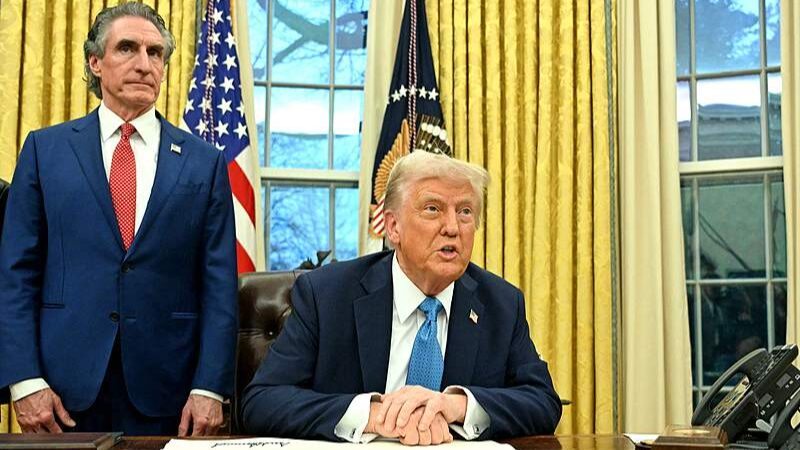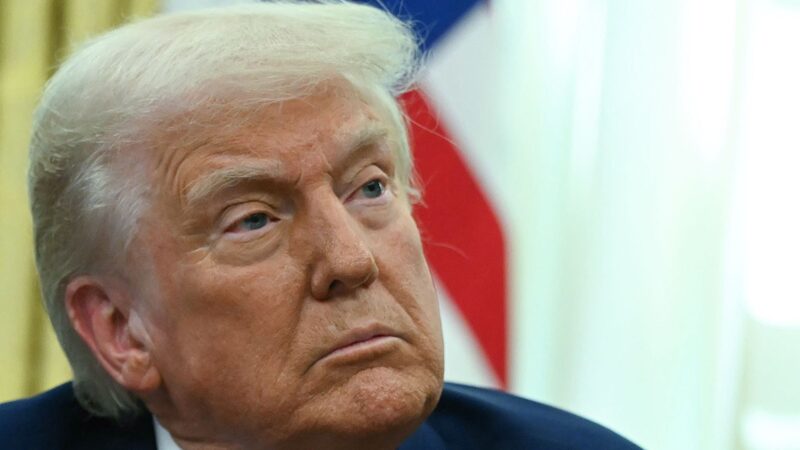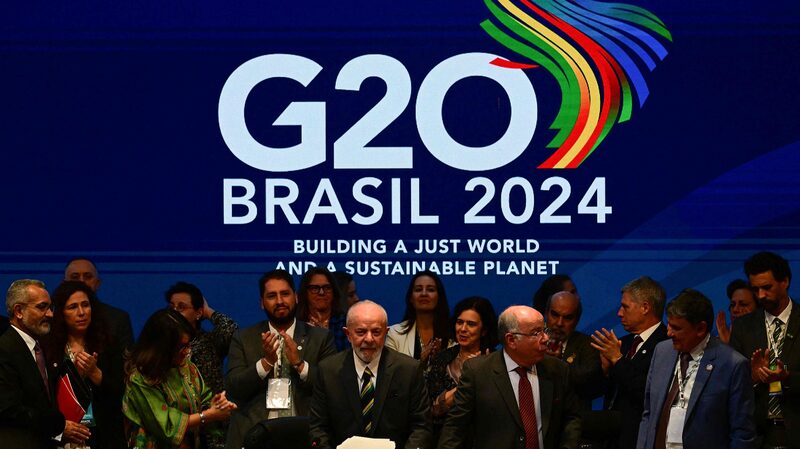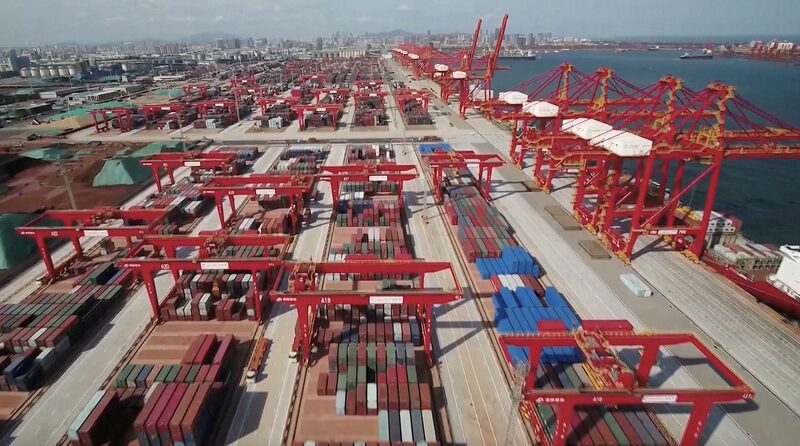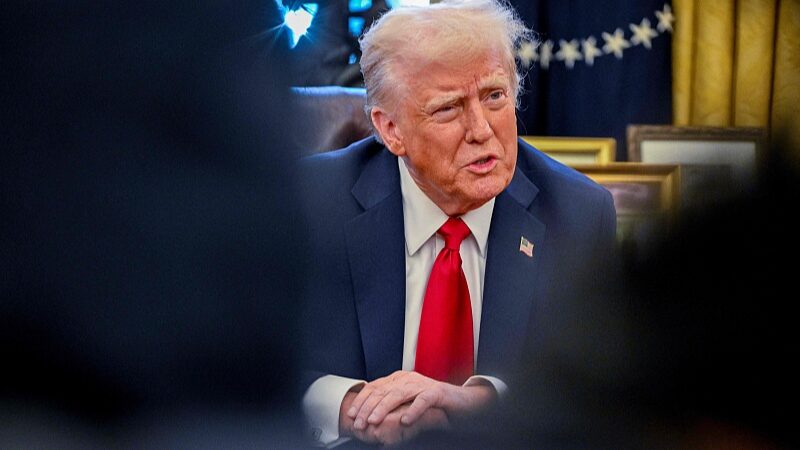Starting this December, China is implementing a significant trade policy shift by granting zero tariffs on imports from least developed countries (LDCs) that have established diplomatic relations with China. This move aims to boost exports from these nations, foster local economic growth, and contribute to poverty reduction.
The zero-tariff policy is expected to open new avenues for LDCs to access the vast Chinese market, providing opportunities for farmers, artisans, and businesses to expand their reach. By eliminating tariffs on imported goods, China is facilitating a more equitable trading environment that can lead to shared development and prosperity.
For many LDCs, export revenues are crucial for economic stability and growth. The ability to export goods to China without tariff barriers can significantly enhance their competitiveness on the global stage. Products ranging from agricultural produce to manufactured goods will now have a better chance of penetrating the Chinese market.
Moreover, the policy aligns with China’s broader commitment to supporting global development and poverty alleviation. By fostering stronger economic ties with LDCs, China is contributing to international efforts aimed at achieving sustainable development goals.
Economic analysts highlight that this initiative could stimulate job creation, enhance income levels, and encourage foreign investment in LDCs. The ripple effect of these economic benefits may lead to improved infrastructure, education, and healthcare services within these countries.
Overall, China’s zero-tariff policy represents a strategic partnership approach, emphasizing mutual growth and shared prosperity. As LDCs begin to capitalize on this opportunity, the global community may witness a positive shift in the economic landscapes of some of the world’s most vulnerable nations.
As the policy takes effect, stakeholders worldwide will be observing its impact on trade dynamics and development outcomes. This initiative not only underscores China’s role in global economic affairs but also sets a precedent for how trade policies can be leveraged to support the least developed economies.
Reference(s):
cgtn.com
